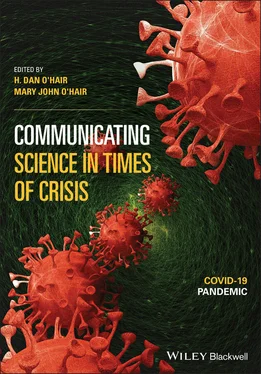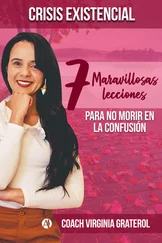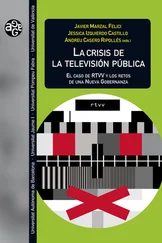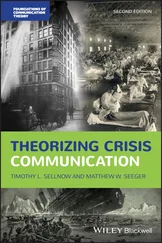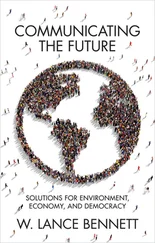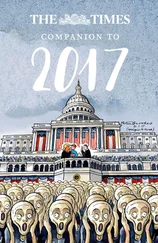2 Chaffee, S. H., & Berger, C. R. (1987). What do communication scientists do? In C. R. Berger & S. H. Chaffee (Eds.), Handbook of communication science (pp. 99–122). Sage.
3 Cook, J., Lewandowsky, S., & Ecker, U. (2017). Neutralizing misinformation through inoculation: Exposing misleading argumentation techniques reduces their influence. PLoS ONE, 12(5), e0175799. https://doi.org/10.1371/journal.pone.0175799
4 Dasgupta, S., & Crunkhorn, R. (2020). A history of pandemics through the ages and the human cost. The Physician, 6(2). pre-print v1 ePub 29.05.2020. https://doi.org/10.38192/1.6.2.1
5 Freedman, T. S., Meadley, M. B., Erwas, N., Ruhland, M., Castellanos, C. A., Combes, A. J., & Krummel, M. F. (2020). Lesson of COVID-19: A roadmap for post-pandemic science. Journal of Experimental Medicine, 217(9), e20201276. https://doi.org/10.1084/JEM.20201276.
6 Mayorga, M. W., Hester, E. B., Helsel, E., Ivanov, B., Sellnow, T. L., Slovic, P., Burns, W. J., & Frakes, D. (2020). Enhancing public resistance to deliberate fake news: A review of the problem and strategic solutions. In H. D. O’Hair, & M. J. O’Hair (Eds.), Handbook of applied communication research (pp. 197–212). Wiley-Blackwell.
7 McComas, W. F., & Nouri, N. (2016). The nature of science and the next generation science standards: Analysis and critique. Journal for Science Teacher Education, 27, 555–576. doi: 10.1007/s10972-9474-3.
8 McLeod, V. (2020, March). COVID-19: A history of Coronavirus. Lab Manager. https://www.labmanager.com/lab-health-and-safety/covid-19-a-history-of-coronavirus-22021
9 O’Hair, H. D. (Ed.). (2018). Risk and health communication in an evolving media environment. Routledge. (Translated into Chinese, 2019.)
10 O’Hair, H. D., & O’Hair, M. J. (Eds.). (2020). Handbook of applied communication research (Vol. 2). Wiley-Blackwell.
11 Renda, A., & Castro, R. J. (2020). Chronicle of a pandemic foretold. CEPS Policy Insights. https://www.ceps.eu/wp-content/uploads/2020/03/CEPS-PI2020-05_Chronicle-of-a-pandemic-foretold.pdf
12 Sanger, D. E., Lipton, E., Sullivan, E., & Crowley, M. (2020). Before virus outbreak, a cascade of warnings went unheeded. New York Times. https://www.nytimes.com/2020/03/19/us/politics/trump-coronavirus-outbreak.html?smid=em-share
13 Van der Linden, S., Leiserowitz, A., Rosenthal, S., & Maibach, E. (2017). Inoculating the public against misinformation about climate change. Global Challenges, 1(2), 1–7. https://doi.org/10.1002/gch2.201600008
2 Comprehending Covidiocy Communication Dismisinformation, Conspiracy Theory, and Fake News
Brian H. Spitzberg
San Diego State University
Fake news and conspiracy theories are not new (Baptista & Gradim, 2020; Hofstadter, 1964; McKenzie-McHarg, 2020; Van Heekeren, 2020). For example, the rumors affiliated with the Black Death plague in the mid-1300s falsely scapegoated Jews for poisoning town food, wells, and streams as a cause of the mysterious illness and death. Such rumors meshed well with preexisting prejudices and beliefs (Bangerter et al., 2020; Carmichael, 1998; Finley & Koyama, 2018) and became instrumental in persecution, massacres, and burning of Jews as a result (Cohn, 2007; Porter, 2014; Raspe, 2004). Such rumors originally circulated as collective memories and later became concretized in print media and town records, resulting in selective beliefs being contextually framed by the particular cultural time and place in which they were reconstituted (Carmichael, 1998). While disease outbreaks may serve to unify groups and communities, pandemics such as the Black Death clearly provided convenient and efficient rhetorical tools for the spread of false narratives justifying persecution of groups (Cohn, 2012). Jews, Muslims, China, and other individuals and groups continue to populate the conspiracy theories regarding the COVID-19 crisis (Freeman et al., 2020a; cf., McManus et al., 2020). Clearly, a better understanding of the nature of such forms of disinformation, misinformation, and malinformation can serve to better protect society from such abuses. This chapter seeks to examine the conceptual categories of fake news and conspiracy theory as well as selective theoretical perspectives that elucidate the reasons for their efficacy.
While it seems likely that the mass fabrication of information has existed throughout human history, constrained by the media of the day, what is new to contemporary information diffusion is its ability to ignore the historical friction of distance, and thereby “spread globally at an extraordinary pace” (Alemanno, 2018, p. 1). Fake news and conspiracy theories are born and diffuse rapidly in times of heightened uncertainty, when high quality information is difficult to access, when trust in available sources of information is low (Shahsavari et al., 2020), and when uncertainty, anxiety, threat, or fear are high (Goreis & Voracek, 2019; Leone et al., 2020; Lobato et al., 2014; Madisson, 2014; Moulding et al., 2016; Rommer et al., 2020; Sheares et al., 2020; Swami et al., 2016). Even without the informational stress of fear and uncertainty, evidence generally shows that fake news diffuses faster and farther through social media than reliable forms of news (Sommariva et al., 2018; Vosoughi et al., 2018; Wang et al., 2020). Such trends are reinforced by amplifying and accelerating entrepreneurial, institutional, and strategic agendas (Avramov et al., 2020; Caballero, 2020) in which “social networking sites foster the virtual marketplace of misinformation” (Savelli, 2016, p. 24) and “conspiracy brokers” activate the marketplace (Leal, 2020, p. 505) through the form and content of such messages (Baptista & Gradim, 2020; Geschke et al., 2019).
In order to ascertain the extent of the problems presented by fake news, conspiracy theories, and other forms of misinformation and disinformation, it is necessary to traverse a path through many trees in the hope of seeing a full forested landscape. Specifically, with the evolution of the new media landscape, the technologies of deception have evolved in ways that were difficult to achieve in prior eras. As such, some definitional explorations are necessary to specify the nature of such information disorders (UNESCO, 2018).
The Matrix of Dismisinformation
The ever-evolving masspersonal media landscape (O’Sullivan & Carr, 2018) is also still relatively fluid with regard to many of the key concepts and constructs of informational distortion in the digital realm. The term “fake news,” for example, is receiving more usage, even if its specific definition may seem elusive and increasingly malleable (Avramov et al., 2020; Leal, 2020). For example, as of this writing, between the years 2010 and 2020, the phrase “fake news” caught up with and rapidly surpassed “pseudoscience” and “conspiracy theory” in usage (Google nGram; see Figure 2.1). It is not clear from such trends what the interrelationship is between these terms, if any.
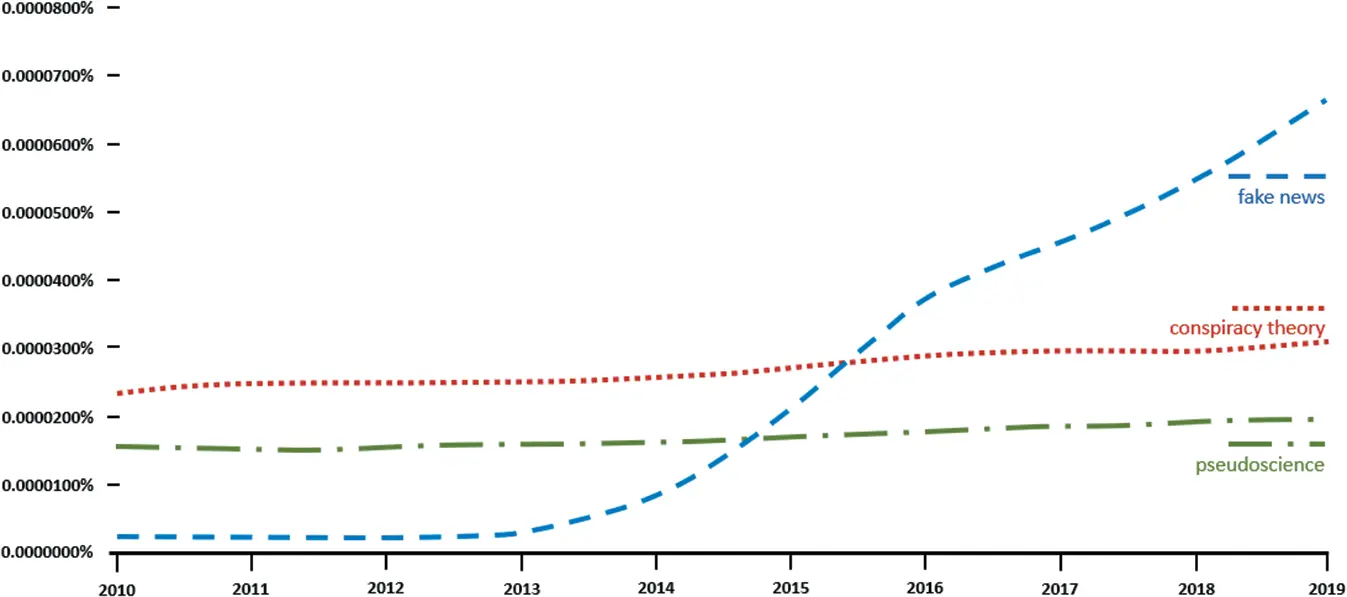
Figure 2.1 Google nGram of pseudoscience, conspiracy theory, and fake news (September 2, 2020, case insensitive, smoothing, adapted).
One of the central elements of most of the concepts discussed thus far is that information or communicated messages intentionally or unintentionally lead consumers of that information to form inaccurate beliefs or perceptions of the world as it actually is. As such, most of the concepts involve some degree of either communication error or deception. For example, Table 2.1illustrates some concepts related to such communicative distortions. There seems to be more general commonality than differences. Most of the distinctions revolve crucially around the issue of intent or motive: Is the distortion of meaning manipulated for intentional misrepresentation, or is it more accidental, innocently or sincerely believed by the source of the messages sent (Ekman & O’Sullivan, 2006)? For the sake of simplicity, and with some tongue-in-cheek, the two ends of this intentionality spectrum will be collapsed under an umbrella term of “dismisinformation.” The wink-and-a-nod is that such information should be “dismiss-ed” and thus the noun becomes a perlocutionary speech act of sorts. This term has the advantage of being both a simple declarative as well as perlocution—it attempts to describe and persuade at the same time—recognize and then dismiss both disinformation and misinformation.
Читать дальше
